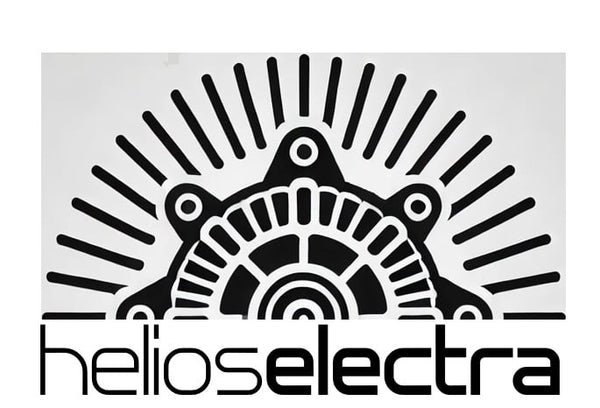What is a Starter?
A starter is a device used to initiate the operation of an internal combustion engine. It provides the necessary torque to turn the engine’s crankshaft until the engine can run on its own. Starters are commonly found in cars, motorcycles, trucks, and other vehicles with internal combustion engines.
Types of Starters
-
Electric Starter – The most common type, powered by a battery. It uses an electric motor to turn the engine's flywheel.
-
Pneumatic Starter – Used in larger engines, such as aircraft and industrial applications, powered by compressed air.
-
Hydraulic Starter – Used in heavy-duty machinery, powered by hydraulic pressure.
-
Manual Starter (Crank Starter) – An older method where a hand crank is used to start the engine manually.
How an Electric Starter Works
-
Ignition Key Turned – When the driver turns the key (or presses the start button), an electrical signal is sent to the starter solenoid.
-
Solenoid Activation – The solenoid acts as a switch, sending electrical power from the battery to the starter motor.
-
Motor Engages Flywheel – The starter motor spins a small gear (called the pinion gear) that meshes with the engine’s flywheel.
-
Engine Starts – Once the engine reaches a certain speed, it can run independently, and the starter disengages.
Common Starter Problems
-
Clicking sound but no start – Often caused by a weak battery or faulty solenoid.
-
Grinding noise – The starter gear may be worn or not engaging properly with the flywheel.
-
No response when turning the key – Could be due to a dead battery, faulty ignition switch, or damaged wiring.
Conclusion
The starter is an essential component in any internal combustion engine, allowing it to begin operation. Regular maintenance, such as checking the battery and electrical connections, can help prevent starter failures.
